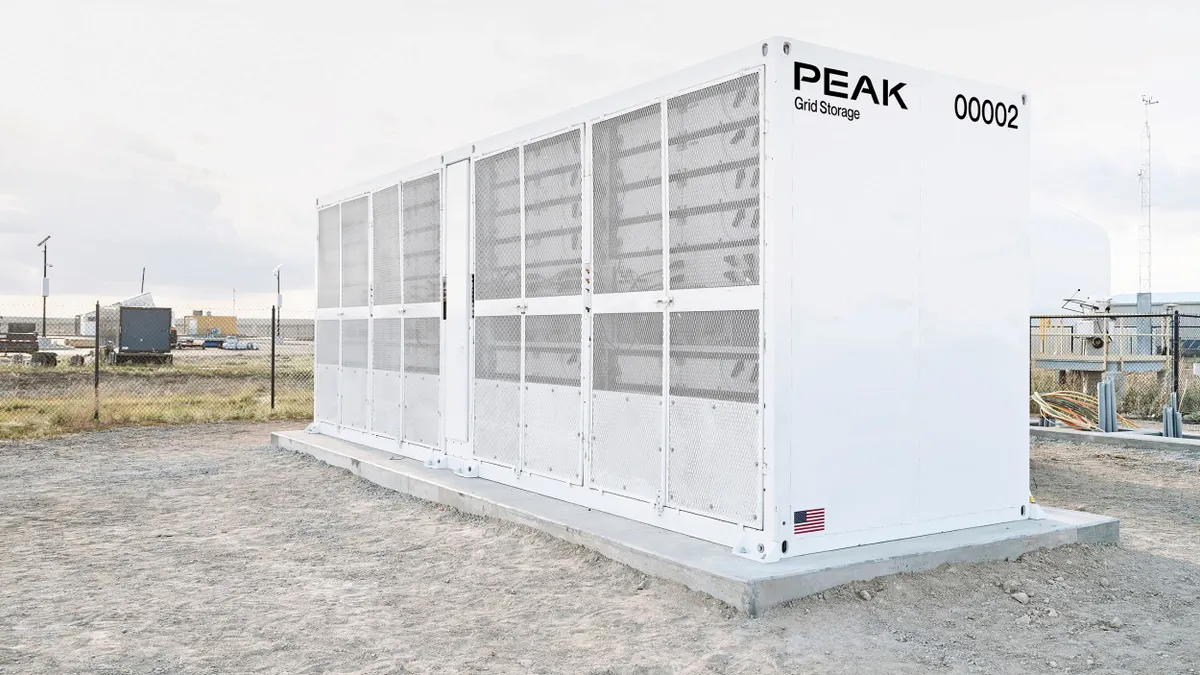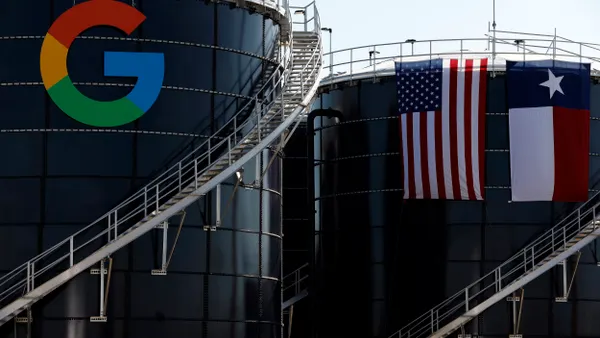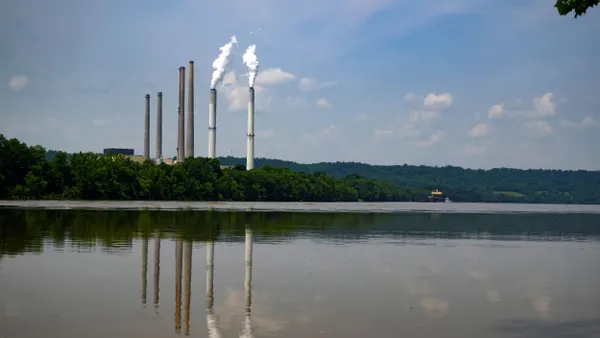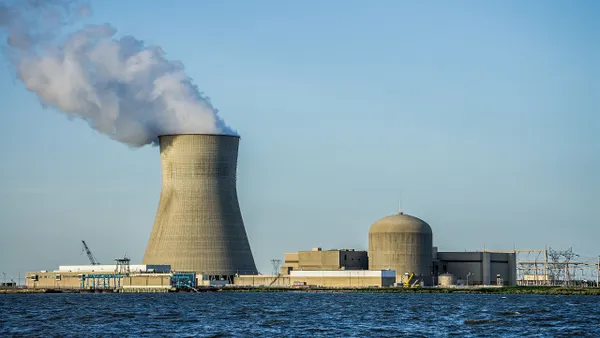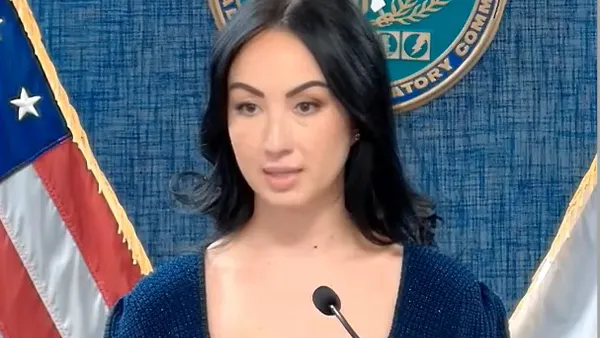Dive Brief:
- The Connecticut Department of Energy and Environmental Protection (DEEP) has issued for comment a draft of an updated state energy strategy, with a focus on lowering carbon emissions and bolstering the state's use of renewable resources.
- The state's first Comprehensive Energy Strategy (CES) was put in place in 2013, and is reviewed every five years. DEEP's new proposal would set a renewables goal of 30% by 2030.
- The draft also calls for expanding energy efficiency initiatives, including procurement of efficiency as a resource, and accelerating electrification of the transportation sector.
Dive Insight:
Connecticut issued its draft energy plan a day after Gov. Daniel Malloy (D) issued an executive order directing a review of the financial viability of the Millstone nuclear plant and its role in meeting state carbon targets. Keeping it running is likely key to meeting the state's environmental goals.
Reducing carbon emissions "is the key to both the health of our planet and sustainable economic success in Connecticut,” DEEP Commissioner Robert Klee said in a statement. "Our updated strategy proposes continued development of a modern and versatile electric grid powered by renewable energy sources – and using this clean power to meet the needs of our building and transportation sectors."
The plan calls for increasing supplies of renewable energy, including expanding the state’s renewable portfolio standard to 30% Class I renewables by 2030. The plan also prioritizes "low-cost grid-scale renewable energy procurements, and a transition to more transparent, cost-certain tariffs for behind-the-meter renewables."
The comprehensive strategy includes a focus on grid modernization, calling on the state's Public Utilities Regulatory Authority (PURA) to continue advancing smart grid implementation, including variable pricing and advanced meters. The state also wants to continue promoting the development of microgrids and energy storage technologies, and called for greater efforts on cyber security.
But without carbon-free generation from the Millstone nuclear plant, Connecticut will struggle to meet its goals. The governor's executive order on Millstone also directed PURA to assess whether action should be taken to support the nuclear generator, and called for a decision in 2018.
Officials from Dominion, the plant owner, said results of the regulatory assessment could come too late and that the review should be completed sooner.
The updated energy strategy is subject to a 60-day public comment period that runs until Sept. 25, with eight public meetings scheduled across the state between Aug. 14 and Sept. 13.






